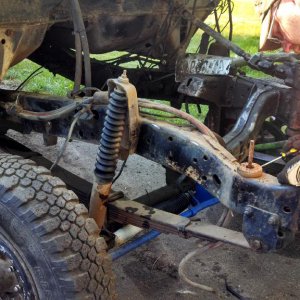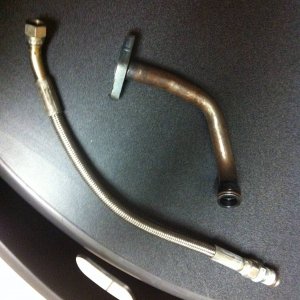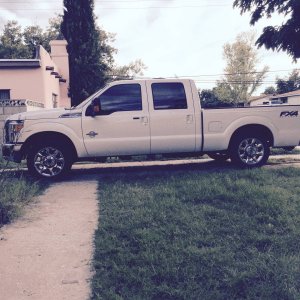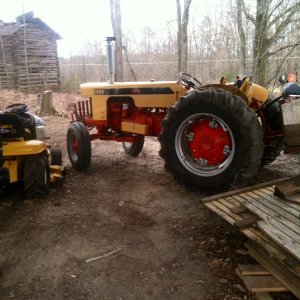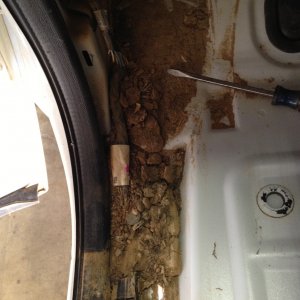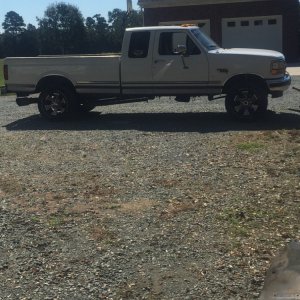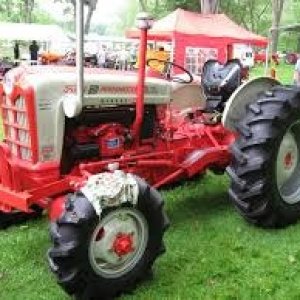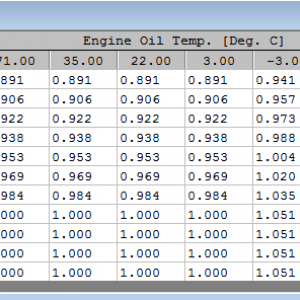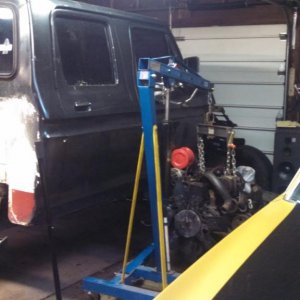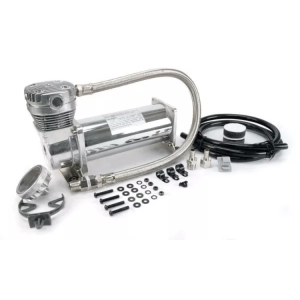Myself, including a few friends all ran 38r's on our PMR setups with 250/100's. And with that said we also all broke rods eventually. Mine ran for 40k miles before it let go. Others weren't so lucky.
And that's all in the tuning.
For perspective, 250/100's can be tuned to run less fuel than a stock injector. If you have less fuel and have the timing pulled back, you aren't introducing any more stress to the rods, so you aren't going to break them.
In other words, it's not the injector. It goes back to how much fuel injected at what time and duration. Those rods broke because it was too much at the wrong time.
Now before this turns south....... do you go and blame the tuner? Not exactly. There are customers who do ask to push to the limit, and when you do that the result is you will find said limit from time to time.
But at other times there are tunes out there that really do have the wrong amount of fuel at the wrong time. A good conversation with your tuner of choice is key before they ever start touching the keyboard and build your tunes.
If I could do it all over again, I'd go with a 200% nozzle. The way I understand it is a 200% nozzle empties faster thus making the injection event faster and thus lowering cylinder pressure.
Not exactly. I'll clarify so you can see what's going on.
Larger nozzles empty faster, giving you or your tuner more flexibility over the injection duration. This is important as RPM's climb and your injection window gets smaller and smaller.
It doesn't lower your cylinder pressure. It just gives you flexibility to keep it a bit lower as your power demands increase. Because you have more fuel available at higher RPM's, you can shift your power band up in the RPM spectrum. As I mentioned before, torque can be a good indicator of your cylinder pressures. You absolutely must have higher cylinder pressures in order to achieve higher torque numbers at lower RPM's.
So, limit the fuel at lower RPM's. You have now lowered your torque number and cylinder pressures. On the flip side, with a larger nozzle you can now add fuel at higher RPM's. This increases your horsepower number.
My best example I saw in person was when I strapped my truck on the dyno at an event a few years ago. Another guy there had a truck with 238/100's. He made 1hp more than I did, but well over 100 lb/ft of torque than my truck put down. Our trucks were nearly identical except for the injectors. So in the end I essentially made the same horsepower, but with lower cylinder pressures and a shifted power curve that brought in more fuel at higher RPM's.
Does that make sense? I tend to get a bit wordy but hopefully clear enough.


